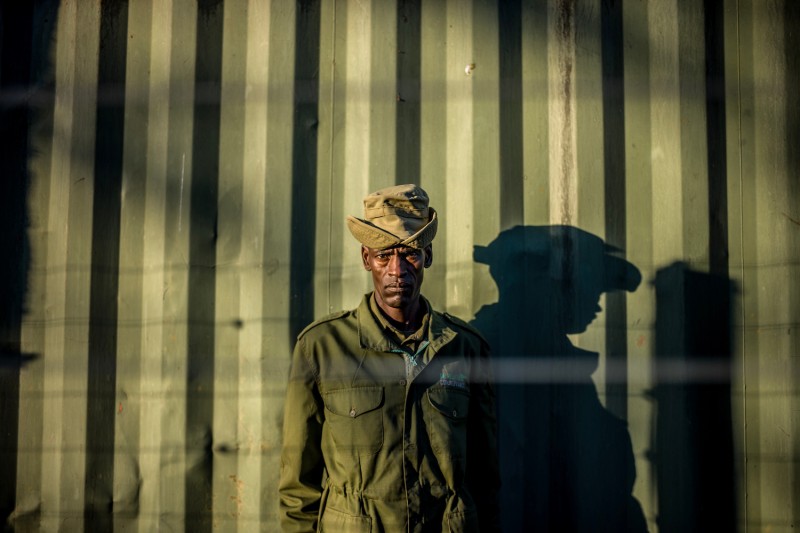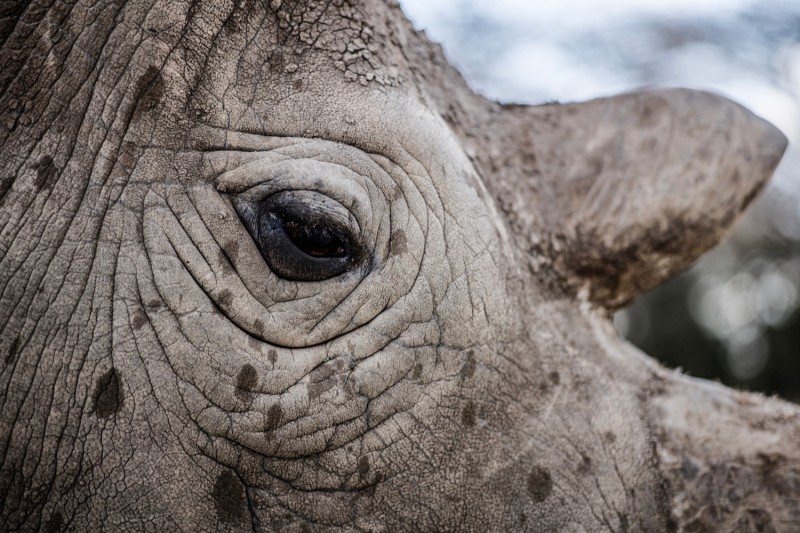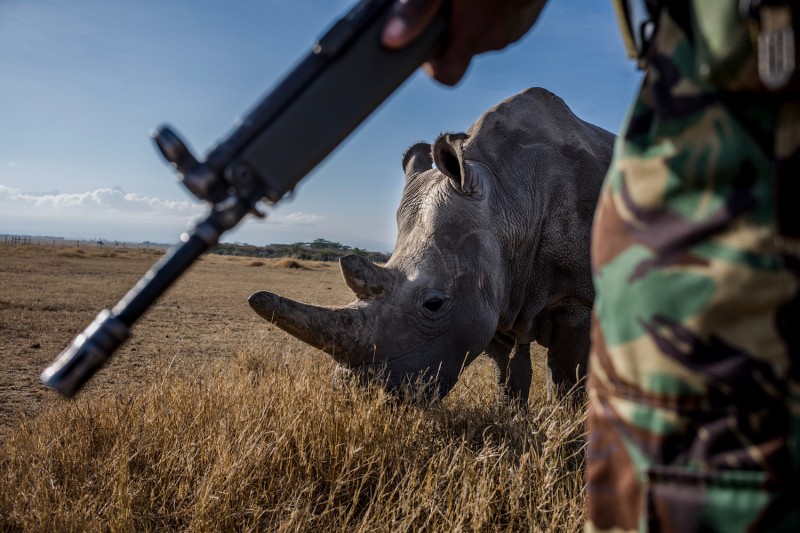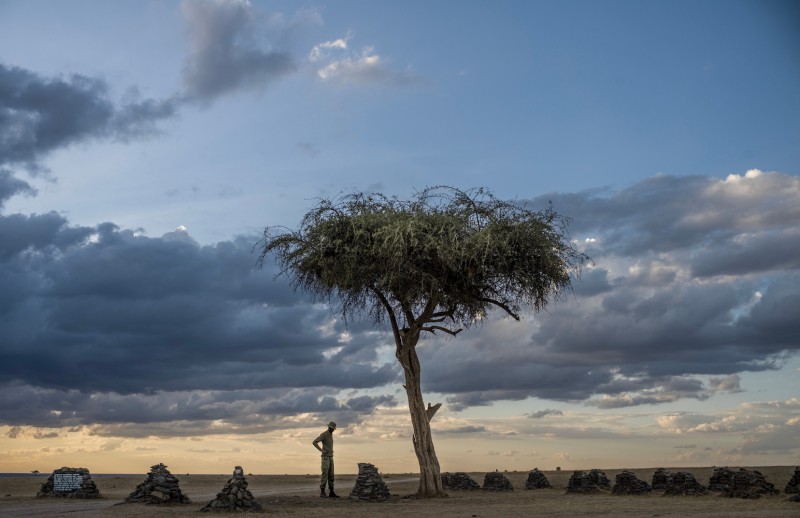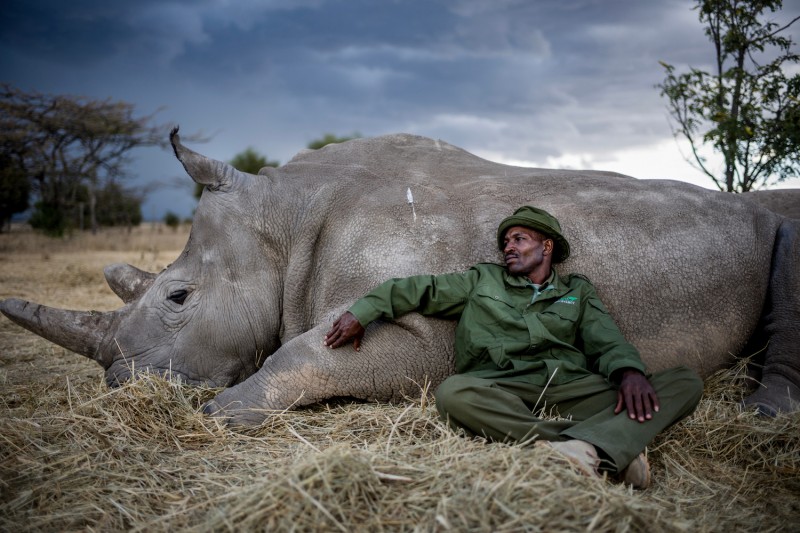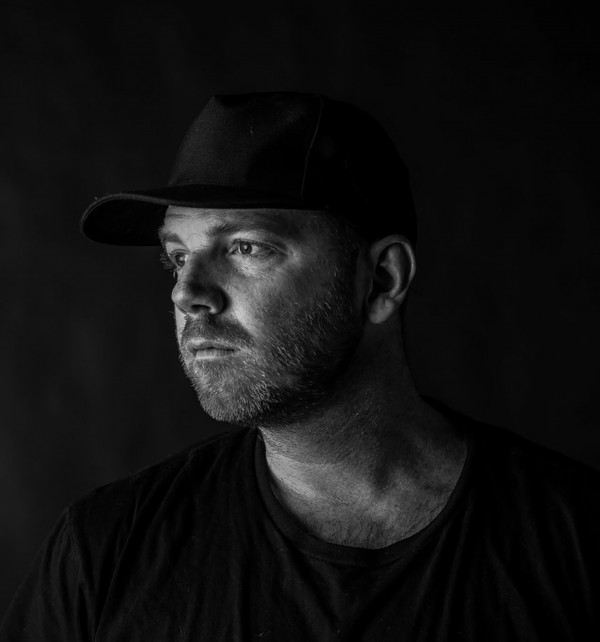Kindred Guardians
Kindred Guardians
Justin Mott
October 8, 2019
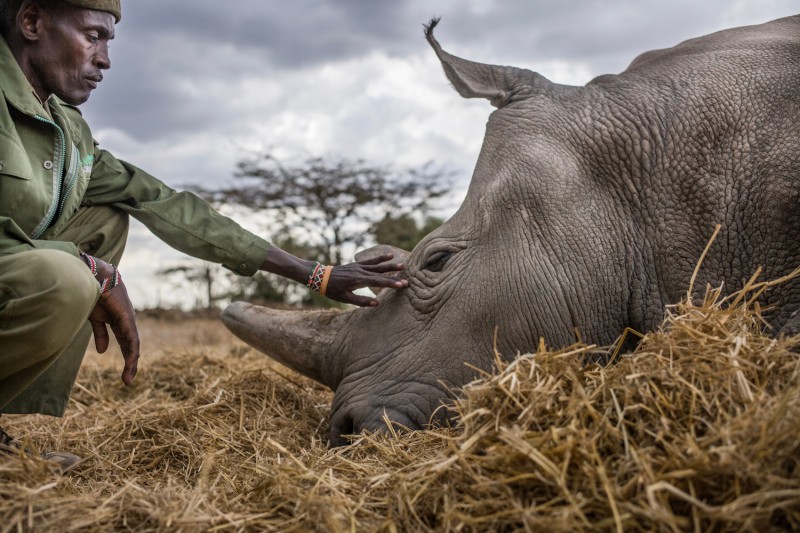
Justin Mott: In my early days of living in Vietnam, I photographed a slaughterhouse for pigs, and the sounds and the site are still emblazoned in my mind. I can remember feeling so helpless, and just so many emotions were stirring inside me, like hatred for mankind. After that experience, I cowardly hid from any forms of animal cruelty. I wouldn’t click on articles or any content that showed animal cruelty; I tried to block it out of my life.
When I turned 40 last year I knew something was missing in my life. I knew I had to get back to doing stories that mattered to me, and I was slowly starting to open myself up emotionally to learning about animal cruelty and to doing my part. I had an idea for a larger book project about the bond between humans and animals in need that they help. I had heard about the last two remaining northern white rhinos, so I did a little bit of research, secured access, and booked my tickets to Kenya to start this project: thus Kindred Guardians was born.
What can the viewer learn from these stories?
I want people to celebrate the tenderness, bravery, and dedication of the caretakers and guardians of the rhinos. I wish for my images to humanize the creatures in a way that we can all relate to, and encourage people to act, speak out, and change their ways and actions towards animals.
Individuals can help, but to make a real impact we need governments to get behind animal causes; even if it’s not popular or profitable, but it’s the right thing to do. It’s obvious that countries like Kenya are doing what they can to protect wildlife, but the governments of the consumer countries need to get on board and do their part as well. I ask a lot, but I’m an optimistic person, and I haven’t lost all faith in mankind.
What has the resonance for your series been like so far?
So far, I’ve been overwhelmed with the feedback via social media, and I feel lucky to have been introduced to this community of animal welfare people around the world, whom I’ve grown to love. I’ve had people paint my images and sell them for charity; young photographer reach out and ask how to start their careers,
I’ve also had large and small charities and foundations reach out and ask where they can donate funds to help save the rhinos; and just recently I was invited to New York City to talk on a panel about illegal wildlife trafficking. I’m still very new to this community, but it’s a whole new world for me and I’m learning so much every day by engaging people on social media; and I’m extremely eager to keep discovering new stories as they come pouring in.
You are shooting your project with a Leica M10-D. Can you tell us why?
I started my career shooting personal projects with one camera and one lens. Over time, these projects grew into editorial assignments and commercial work, and eventually into owning a full production company. With that growth, the gear multiplied as my time for personal work diminished.
I’d gone over a decade without shooting personal work. A huge part of me was missing. I craved a legacy project that would define who I am as a photographer, while being a project with meaning. I missed those early days of my career, being on the road with minimal equipment.
At the same time that I decided to embark upon this project, I learned about the Leica M10-D. I loved not only the idea of having a small camera and one lens – 35mm 1.4 Summilux –, but also of having a camera without a screen. This camera took me back to my university days; but it wasn’t just nostalgia that drew me to it. I realized that travelling light made me move more and see more. I was more present, and overall that made me more focused and a better storyteller.
Are you already planning future chapters of your project?
This was my first chapter of Kindred Guardians, but since I’ve photographed the rhinos I’ve completed three additional stories: a sanctuary for street dogs in Thailand; a former ranger who has become a surrogate mother to orphaned gibbons in Malaysia; and a pangolin rescue centre in North Vietnam.
Next month I'll travel to South America for a story about sloths, and I have several other stories still in the pipeline. I’m also finalizing a deal with an American publishing company to make this into a book; so it’s all very exciting.
Justin Mott+-
Justin Mott is a Vietnam-based, documentary and commercial photographer, who has shot over 100 assignments throughout South East Asia for The New York Times. Mott is currently working worldwide on his ongoing, long-term book project, Kindred Guardians. The project focused on documenting people around the world who dedicate their lives to helping animals in need. More

